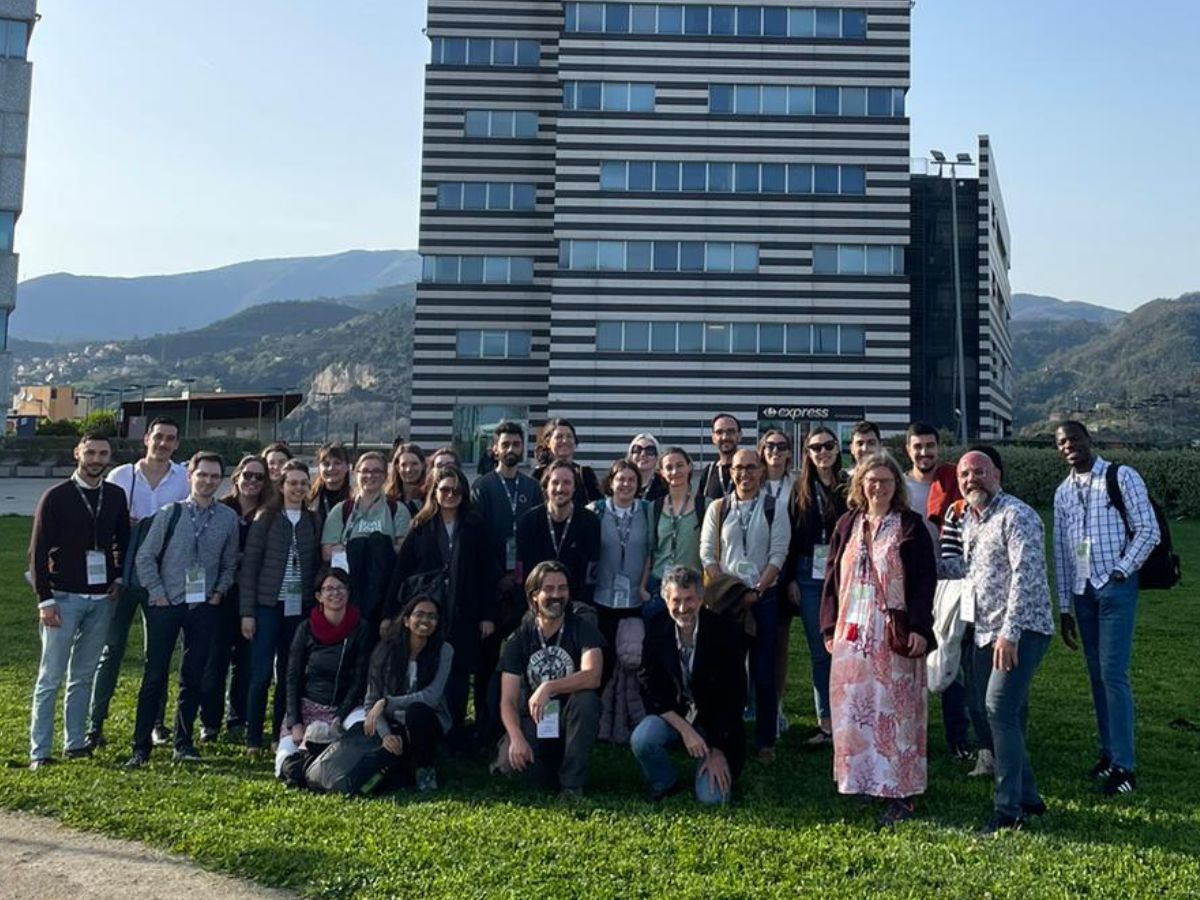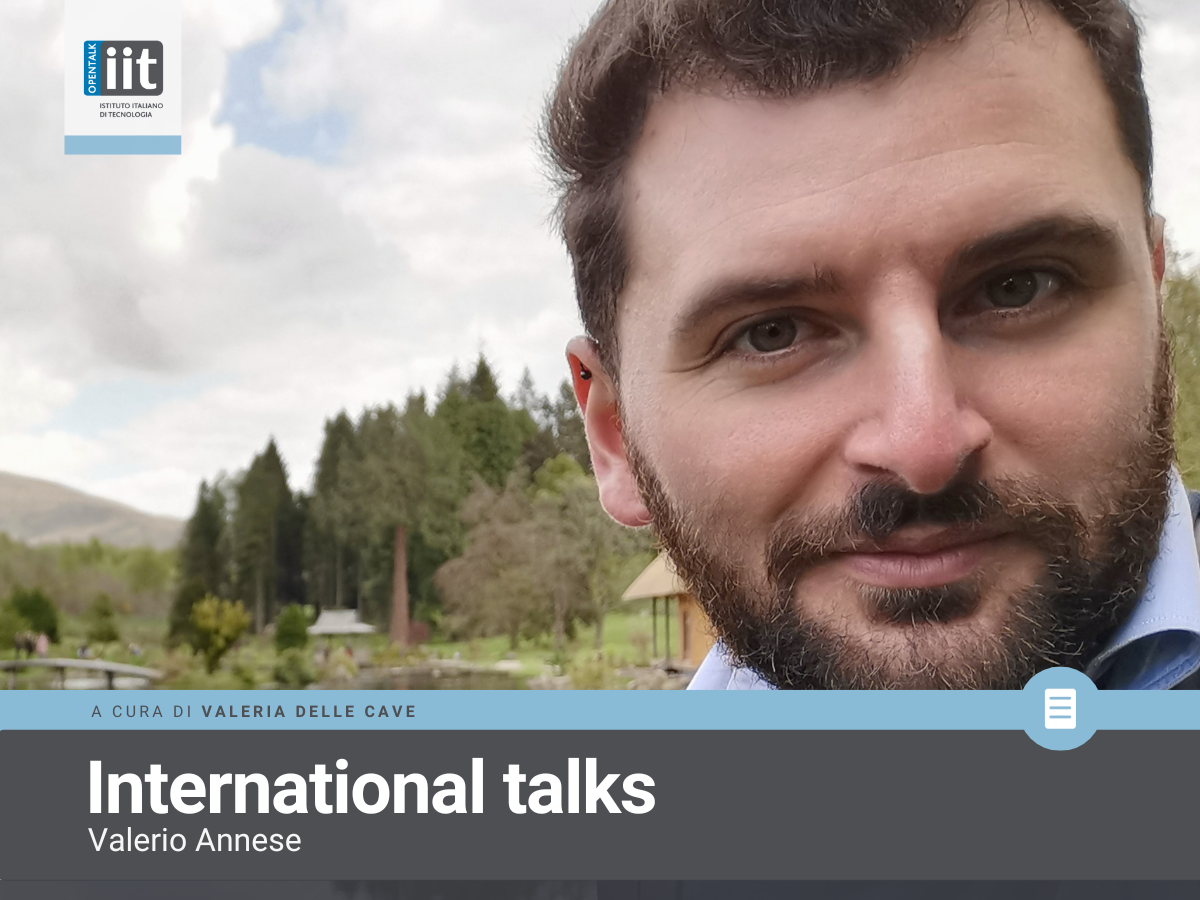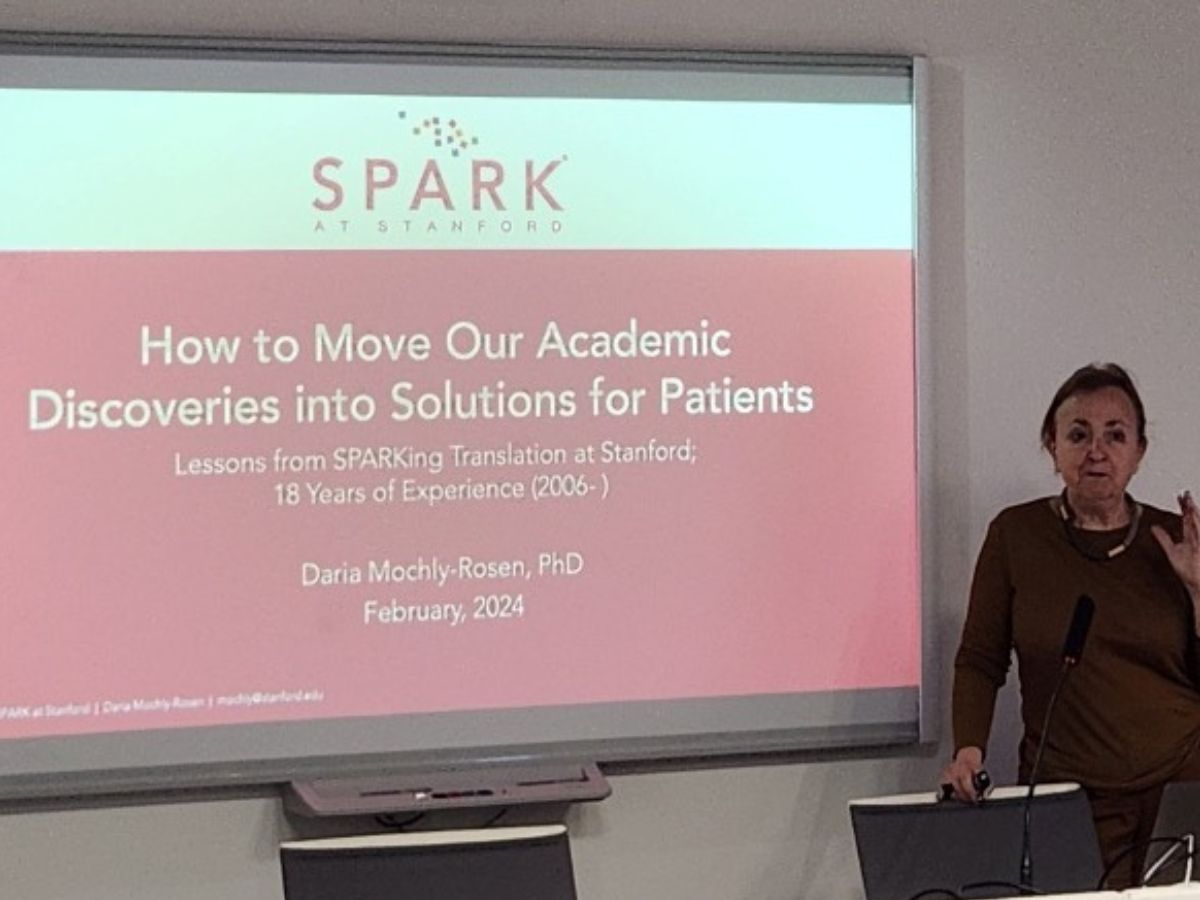Repositioning and compassionate use: what do they mean and what is happening in the laboratories of the main Italian Research Centres
From recent news we learn that the Chinese National Health Commission has included the biologic drug Tocilizumab, normally used for rheumatoid arthritis, in the guidelines for the treatment of severe cases of infection from Covid-19. Even in Europe, from the Cotugno Hospital in Naples, the San Matteo Hospital in Pavia, to the Dutch University of Utrecht, several research teams are active in the identification of a therapeutic strategy to cope with the crisis from SARS-CoV-2, starting from drugs already in existence. But how do you explain all this in pharmacology? How is it regulated? We phoned Tiziano Bandiera, coordinator of the IIT PharmaChemistry research line, with many years’ experience in research in the pharmaceutical industry, these days teleworking like most IIT staff. What is meant by “repositioning” in the search for new drugs?The repositioning of a drug consists in its use for a disease or for a pathological condition, even if not serious, for which the drug was not initially developed. One can arrive at the repositioning of a drug mainly through two paths: the first occurs when the use of the drug in the trials or clinical practice shows a “side-effect”, which does not have features that are severe for the patient’s health, but which may suggest the use of the same active ingredient, i.e. the molecule which, together with the excipients, constitutes the drug in another therapeutic application. The second path to arrive at the repositioning of a drug consists in trying the active ingredient in the experimental models of a given pathology. In this case, therefore, the process starts from the laboratory. The drug is tested in cells and then, in animal models of the disease if they exist. If a promising efficacy is observed, you can ask to begin a clinical trial directly on the patients to verify whether the effect seen in cell and animal models is also observed in the patients.Have there been known cases of drug repositioning in the past? Certainly! In the case of repositioning as a result of “side effects”, Minoxidil is an example. This active ingredient was developed by the pharmaceutical company Upjohn (USA) as a drug for the treatment of hypertension. It was observed that patients treated with this drug showed hair growth. The drug was therefore repositioned for the treatment of androgenetic alopecia, hair loss that is typically observed in men. Another and certainly more famous example is Sildenafil, the active ingredient in Viagra, a drug for the treatment of erectile dysfunction. Clincial trials on Sildenafil were initially carried out for the treatment of angina pectoris. During the clinical study, it was observed that, in men, the drug induced an erection as a side effect. Clinical trials for the use of Sildenafil for angina pectoris did not give the expected results, but the active ingredient was repositioned for the treatment of erectile dysfunction.And the case of repositioning following laboratory studies?An example relates to a drug which sadly became notorious in the sixties, Thalidomide. This active ingredient was put on the market by Grünenthal (Germany) as a sedative, and could also be used by pregnant women. A few years after it was put on the market, it was discovered that this drug had led to severe malformations in babies born to women who had taken it during pregnancy. There were more than 100,000 cases observed in over 40 countries. The drug was then withdrawn from the market. However, subsequent laboratory testing showed that Thalidomide had anti-tumour properties. Following this discovery, the drug was tested on patients with multiple myeloma and it was effective. In 2006, Thalidomide was approved by the American Food and Drug Administration (FDA), in combination with a corticosteroid for the treatment of patients with multiple myeloma.Does the “off-label” use of drugs mean the same thing? The off-label use of a drug can be seen as “repositioning”. However, it should be noted that a “repositioned” drug has received authorisation for use by one or more regulatory agencies, such as the FDA in the USA or the EMA in Europe, while a drug used off-label has not received such authorisation. It is therefore used on the direction of a physician on the basis of clinical observations. However, clinical trials on this drug were not conducted for that particular use. Therefore, there is no guarantee that there is an appropriate relationship between therapeutic benefits and side effects when the drug is used off-label for a pathology other than that for which it was approved.Can you explain to us what compassionate care consists of and what it requires?More specifically, we’re talking of “compassionate use” when a drug is used for the treatment of a group of patients suffering from a serious disease for which satisfactory drugs still don’t exist. This is a therapeutic procedure directed, administered and monitored by the competent authorities within a hospital environment. Drugs that are in the course of clinical trials but have not yet obtained authorisation from regulatory agencies can be used for compassionate use on the public at large and therefore put on the market. An example of the compassionate use of a drug in these days of the Covid-19 crisis, is the use of Remdesivir, a broad-spectrum antiviral produced by Gilead (USA), which has not yet been approved by the regulatory authorities of any country. Remdesivir has shown an activity against MERS and SARS, which are coronaviruses similar to Covid-19, in cell and animal models. Based on this evidence, studies have been launched on patients with Covid-19. Some of these studies will also be conducted in some Italian hospitals.The path from laboratory to pharmacy shelves in a traditional cycle. What are the expected timeframes?The search for a new drug is a very long and expensive process. In general, more than 10 years can pass from the beginning of the project to the time when a drug is approved. A good part of this time is spent in clinical studies for the evaluation of the safety and efficacy of the potential new drug.





